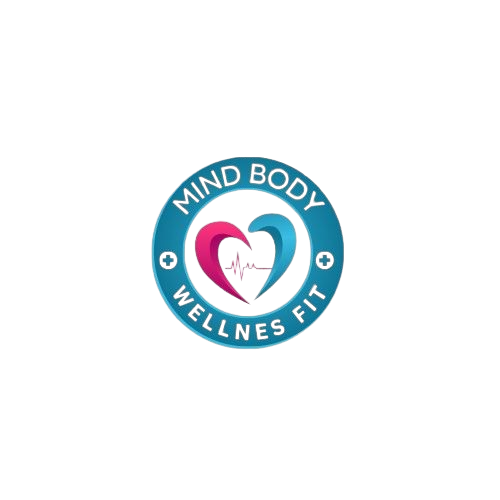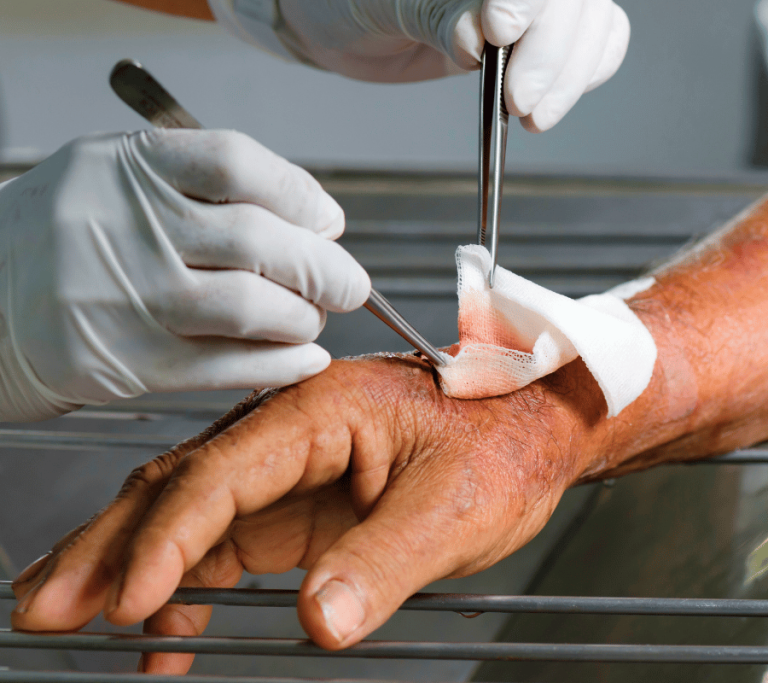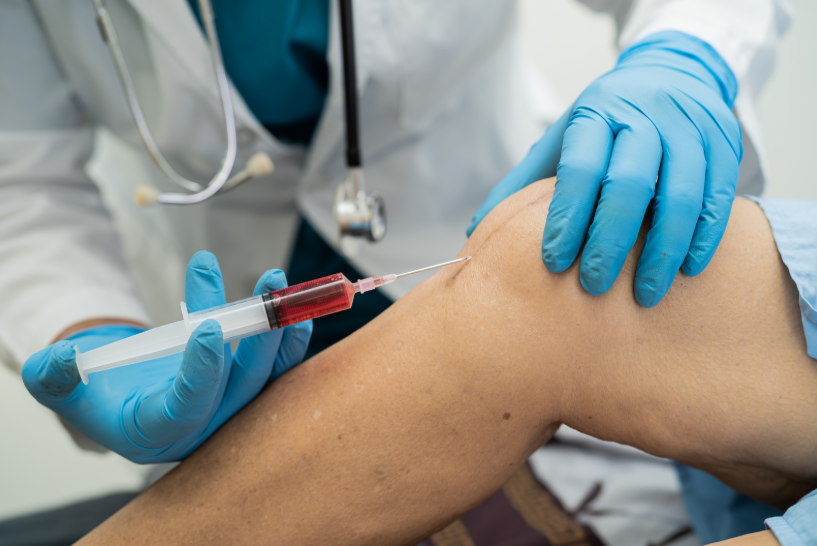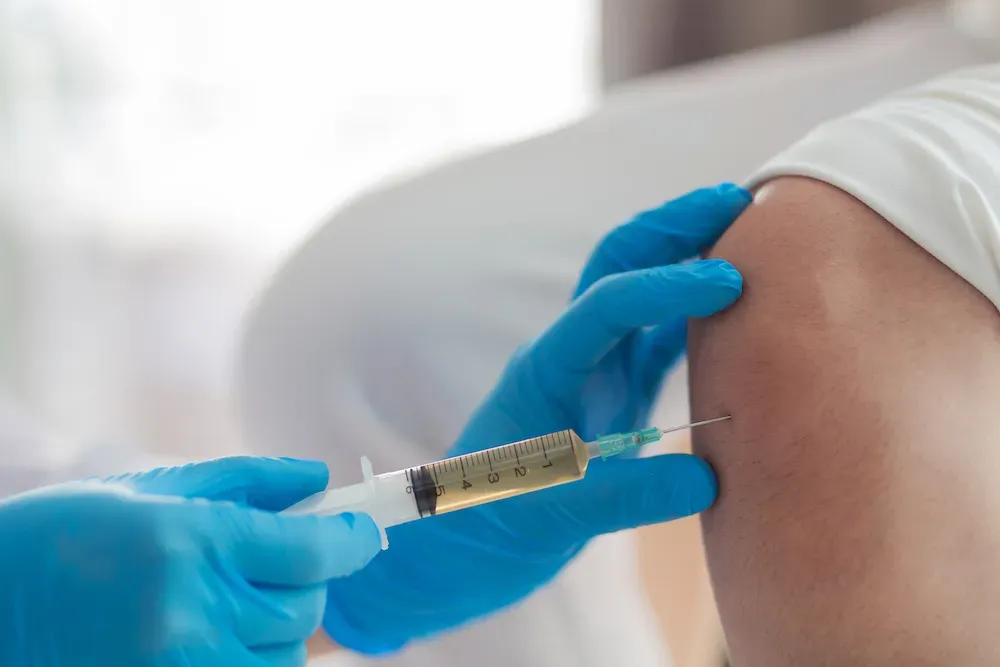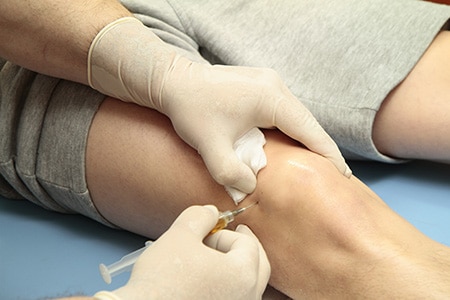Proper wound management is vital to promote faster healing and prevent complications. At the heart of this process lies the crucial step of wound care assessment, a detailed evaluation that guides healthcare providers in creating personalized and effective treatment plans. Whether dealing with acute injuries or persistent chronic wounds, an accurate wound care assessment ensures that the root causes are identified and addressed appropriately.
What is Wound Care Assessment?
A wound care assessment is a comprehensive evaluation of a wound’s characteristics along with the patient’s overall health. Unlike a simple visual check, advanced wound care assessment involves analyzing the wound’s size, depth, tissue type, and signs of infection, as well as factors that may delay healing. This multidimensional approach helps clinicians understand both the wound itself and the patient’s underlying conditions, ensuring that the treatment targets the wound effectively.
Why is Wound Care Assessment Important?
The success of any wound treatment depends largely on the quality of the wound care assessment. Precise and thorough evaluation allows healthcare professionals to identify the exact nature and cause of the wound. For chronic wounds—such as diabetic foot ulcers, pressure ulcers, and venous ulcers—this step is essential to uncover any hidden complications like poor circulation or infection. Acute wounds, including surgical or traumatic injuries, also benefit from detailed assessment to prevent delayed healing or secondary infections.
When a wound care assessment is done properly, patients experience faster recovery times, reduced pain, and fewer complications. This early identification of underlying issues often prevents wounds from becoming chronic, which can significantly reduce healthcare costs and improve quality of life.
Components of an Advanced Wound Care Assessment
Effective wound care assessment is more than just looking at the wound. It includes several key components that together provide a full picture of the wound’s status:
- Visual Inspection: Measuring the wound’s length, width, and depth to monitor progress and detect changes.
- Wound Bed Evaluation: Assessing the type of tissue present (healthy granulation tissue, slough, or necrosis) to determine the wound’s stage and appropriate treatment.
- Edges and Surrounding Skin: Checking for signs of maceration, redness, or other skin conditions that might affect healing.
- Signs of Infection: Looking for increased pain, swelling, warmth, pus, or foul odor which indicate infection.
- Patient Health Assessment: Evaluating underlying health factors such as diabetes, poor blood circulation, or immune disorders that can impair wound healing.
- Use of Diagnostic Tools: Employing advanced technologies like wound imaging or microbial analysis to enhance assessment accuracy.
Together, these steps ensure that the wound care assessment goes beyond surface-level inspection, providing actionable insights to optimize healing.
How Kalingap Wound Care Clinic Conducts Advanced Wound Assessments
At Kalingap Wound Care Clinic in Quezon City, the approach to wound care assessment is both comprehensive and evidence-based. The clinic’s specialists understand that every wound and patient is unique. Their assessments are designed to gather detailed information on the wound’s condition and the patient’s overall health, enabling the creation of highly personalized treatment plans.
Using modern diagnostic tools and clinical expertise, Kalingap’s team not only evaluates the wound itself but also factors in conditions like diabetes control, nutrition, and mobility. This holistic evaluation supports interventions that address both wound healing and prevention of recurrence, making the clinic a trusted center for wound care in Quezon City.
Common Types of Wounds Assessed
Wound care assessment applies to a variety of wound types, each requiring specialized attention:
- Chronic Wounds: These include pressure ulcers, diabetic foot ulcers, and venous leg ulcers. Chronic wounds often result from underlying conditions such as diabetes, poor circulation, or immobility. Assessing these wounds requires careful evaluation of infection risk and tissue viability.
- Acute Wounds: Injuries such as surgical incisions, trauma wounds, and burns fall under this category. The focus during assessment is on preventing infection and promoting rapid healing.
Understanding the distinct needs of these wound types ensures that the assessment process captures relevant details and guides effective treatment.
What to Expect During a Wound Care Assessment
Patients undergoing a wound care assessment can expect a thorough, step-by-step process. Initially, the healthcare provider will ask about the wound’s history, any previous treatments, and the patient’s medical background. This interview helps identify factors that may influence healing.
Next, the wound itself will be carefully examined. Measurements will be taken, and the wound bed and edges inspected for tissue type and signs of infection. The surrounding skin will also be checked to detect any additional issues.
Depending on the wound’s complexity, diagnostic tests like wound cultures or blood flow studies may be performed. After the assessment, the healthcare team will discuss the findings with the patient and propose a tailored treatment plan, which may include dressings, medications, lifestyle advice, and follow-up appointments.
Benefits of Regular Wound Care Assessment
Regular wound care assessment plays a vital role in tracking healing progress and adjusting treatments as needed. Ongoing evaluation helps healthcare providers catch early signs of infection or other complications before they worsen. This proactive approach can significantly improve outcomes and reduce the need for more invasive interventions.
For patients, consistent assessments mean better pain management, faster healing, and increased comfort. On a broader scale, frequent wound care assessment contributes to lowering healthcare costs by minimizing hospital stays and reducing wound-related complications.
Supporting Wound Healing at Home
While professional wound care assessment is crucial, patients also play a key role in supporting wound healing at home. Following the treatment plan precisely, keeping the wound clean, and avoiding activities that could reopen or irritate the wound are important.
Patients should also monitor for any changes, such as increased redness, swelling, or discharge, and seek prompt medical advice if these occur. Maintaining good nutrition and managing underlying health conditions like diabetes are equally important to promote the body’s natural healing process.
Takeaway
A thorough wound care assessment is the cornerstone of effective wound management. It helps identify the underlying causes of wounds, guides personalized treatment plans, and ultimately promotes faster and safer healing. Clinics like Kalingap Wound Care Clinic in Quezon City offer advanced, evidence-based assessments that consider both the wound and the patient’s overall health, ensuring optimal care.
Anyone dealing with a chronic or acute wound should prioritize professional wound care assessment to prevent complications and improve healing outcomes. Seeking expert help early on can make a significant difference in recovery and quality of life.
